Winter Pike Fishing On Rivers - with Mick Brown
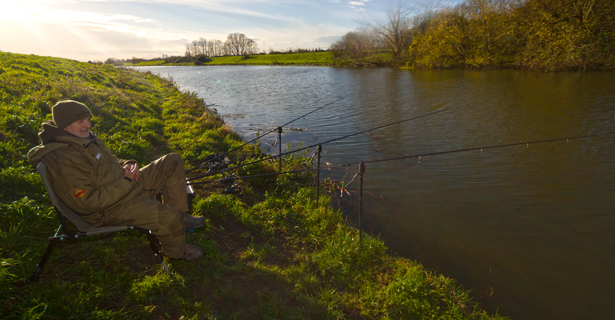
If you are heading to the riverbank this winter, Mick Brown, the predator fishing specialist has a few tips to help get some more pike in your net.
In this guide, Mick Brown explains the baits and rigs to help you get the best out of your predator fishing on rivers.
1. Location
Locating a good fishing spot is the most important thing when it comes to catching pike on rivers, the same can be said for zander too. Zander tends to travel up and down the river in packs when they hunt for food.
Mick says:
"I feel that our rivers don’t have the high population of pike that they did in the past, so you need to spend more time finding the fish, whereas in the past you could catch the odd jack pike almost anywhere in the river."
You need to look for features, such as boats and overhanging bushes, as this offers increased protection to the prey fish. If you take time to wander the bank early in the morning or towards dawn you can often see pike striking at fish in shallow areas. Even if you don’t, look for signs of the prey fish ‘plipping’ on the surface, and make a mental note of their location.
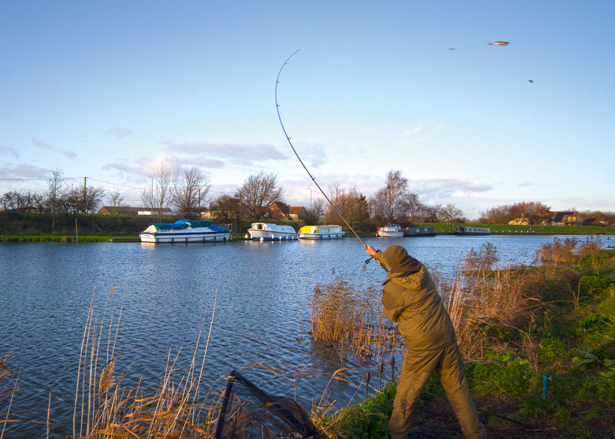
2. Research the Venue
Mick also advises that a little local knowledge can go a long way, so if you can, on your way to the venue of your choice, stop by the local tackle shop. View your local Angling Direct store here.
Mick Brown says:
"Get any advice from local tackle shops or even members of your angling club, then it can save you a lot of time wandering up and down a stretch looking for signs of feeding fish."
3. The Best Time to Fish for Pike
Although there is no set season for pike, traditionally most predator anglers start in November when the water temperature starts to fall. Be mindful that predators such as pike and zander also like a settled temperature. November can be a good month as the warmth tends to reduce slowly, but keep an eye on the temperatures before your trip.
Predators tend to remain active when temperatures slowly drop but when the temperature rises and falls in spikes, that is when predators such as pike are harder to locate, however, once the cold weather settles in, the fish adapt and will feed on a more regular basis.
Wintertime means that the prey or baitfish shoal up in big numbers for protection in the cold, clear water. When you find these baitfish on the river and the predators won’t be too far away.
"There is a downside to the silverfish shoaling up, though, as it concentrates the fishing into a small stretch of water, and as you cannot see these fish there might be hundreds of yards of barren water, and only one or two swims holding fish."
4. Invest in some Fishing Tech
Sometimes it is not quite so easy to locate pike in really deep venues, as they will also attack well down in the water. Even when you locate some of the features where pike tend to hide, sometimes the pike are not there. Some times you just cannot spot them unless you invest in a type of fish finder.
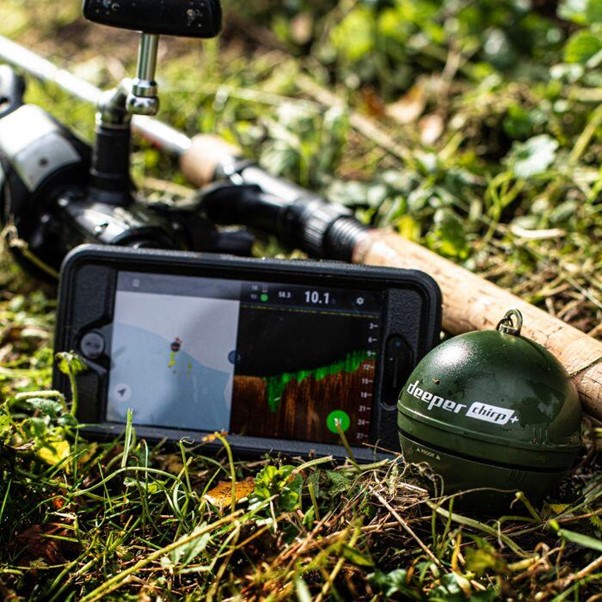
Mick comments:
"I’m not talking about the big expensive models that you take on boats, there are a few inexpensive models that work on smartphones. These will not only locate fish but will also tell you the depth of water and the temperature, which is important when it comes to deciding on the baits to fish."
Fishfinders are small transducers that can be tied on to a spare rod and reel. Once they are casted out across the water, they will show you the depths at which fish are located and what type of riverbed there is in front of you. These devices do take some practice as the first few guesses of what is a pod of prey fish, or a big predator will be difficult. The experience will help over time.
5. The Best Bait for Predator Fishing
Mick previously mentioned that temperature is important, as it dictates whether you fish live baits or dead baits.
Mick suggests that it is best to fish with dead baits when the water temperature is in double figures. Once the water temperature gets below double figures then live baits are best. Using live baits in colder water is best as the movement from the fish is more likely to encourage the pike to strike.
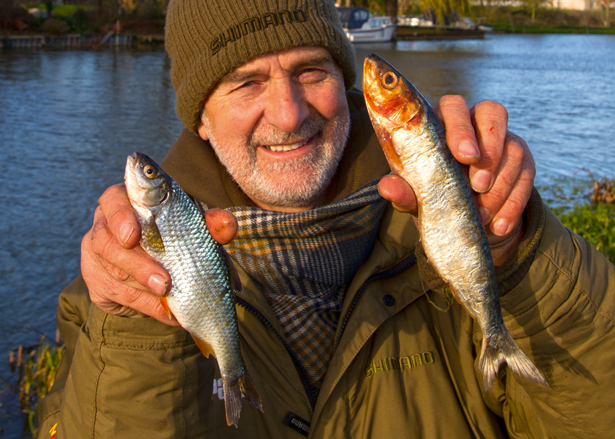
Mick comments:
"You have to remember that these fish will be static, and not wandering up and down the river, as they would in the warmer months. They will locate the pods of prey fish and sit on the bottom, feeding every so often, which when it’s cold might only be a few times a week..."
As with all fish in the winter months, the pike’s metabolism slows and they don’t use up so much energy, so they eat less. When fishing for predators over a river it is important to remember that a fish will use more energy in flowing water than in a stillwater.
When it comes to baits Mick recommends using sardines and roach.
"They are really oily and give off a lot of scent in the water. They are a soft bait but, as you are only going to cast it once or twice in the day, as long as they are fresh they will survive the cast across the river. Roach are another excellent deadbait when fishing rivers. You can buy these blast-frozen, and they not only catch pike but zander love them too."
6. Getting the most out of your swim
You only get a limited amount of daylight in the winter months, and you might only be looking for a single bite. To maximise your chances, try to fish your choice of baits in each swim for around two hours before moving downstream a little and then recasting them. By doing this it allows you to cover all of the far-bank features. 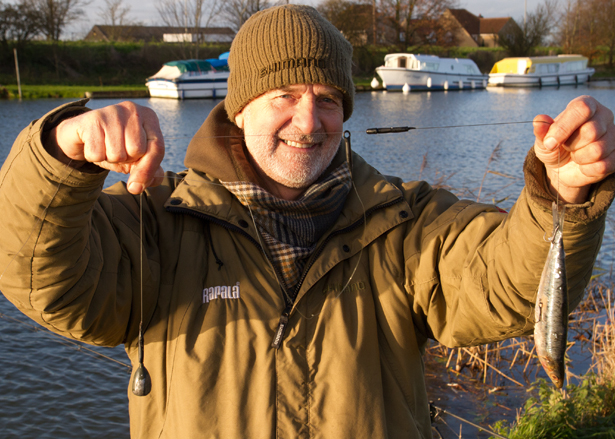
7. Best Rigs for River Predator Fishing
The rigs Mick uses are very similar to those he uses to fish with on stillwaters.
Mick says:
"I prefer running rigs when fishing deadbaits, as I don’t want a fish to feel any resistance when it picks up the bait, or it would quickly drop it. I fish the rigs on a Baitrunner, which I set as light as possible so the fish doesn’t feel any resistance as it moves off."
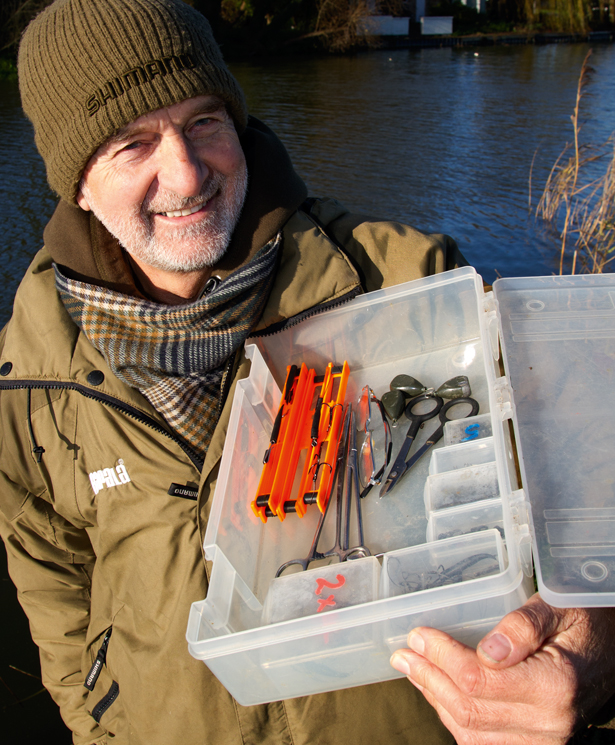
The rig itself is a simple twin-treble-hook setup on 30lb trace wire, with the two size 4 hooks, set three inches apart. Mick then ties this to 20lb mono line. Mick's choice of rig means that it has a diameter that won’t inhibit casting and is strong enough to cope with a big predator in the flow.
Weightwise, Mick uses a 3oz lead. Mick says:
"It is s plenty enough to cast the bait across to the far side of most rivers and hold it firm."
The weight is tied to a length of 15lb mono that’s twice as long as the trace, with the other end tied to a large-diameter 'run ring’. Mick always ties two overhand knots into this line, so that if the weight snags the weakened mono will break first. Mick says that the long lead link also helps to keep everything straight on the cast, so there are no tangles.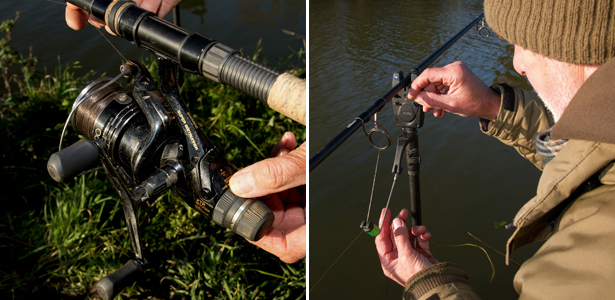
The last piece of advice Mick Brown has for predator anglers hitting the river banks is…
"Don’t be too disheartened if you don’t get a fish – if you are confident that the swim you are fishing does hold prey fish, and therefore pike, the fish might not be in a feeding mood, so try and revisit the venue. You never know, the next time…"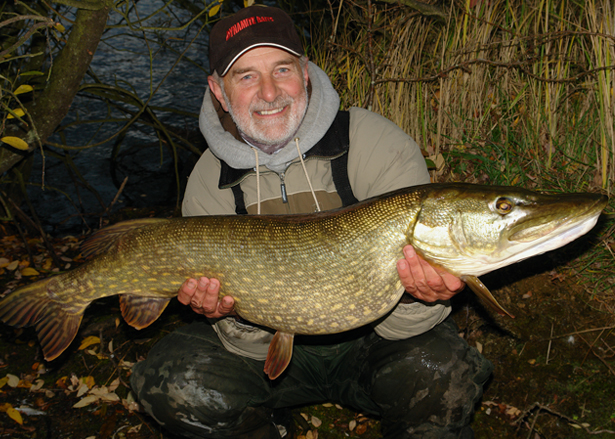
That’s all the basics Mick says river anglers should need to succeed at pike fishing in the winter. We hope you found this guide of Mick Brown's top tips useful.
For further advice for predator and pike fishing check out the guides linked below.